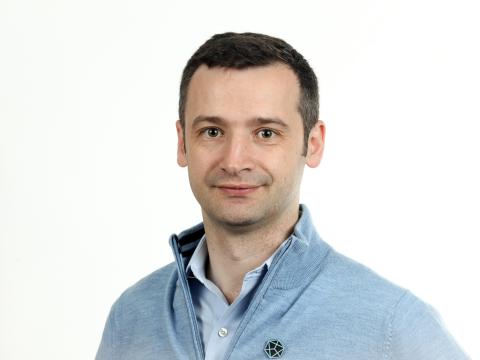Abstract
Mol Oncol. 2025 Sep 21. doi: 10.1002/1878-0261.70128. Online ahead of print.
ABSTRACT
Glioma stem cells (GSCs) from this aggressive brain cancer have been subject to nononcogene addiction therapeutic strategies, in particular targeting iron and cholesterol metabolic pathways. In this study, we show the small molecule Adaptaquin (AQ) has anti-GSC effects while sparing neurons, mature oligodendrocytes and astrocytes. Transcriptomic analysis of AQ-treated GSCs showed dramatic upregulation of iron transport genes and downregulation of genes involved in cholesterol biosynthesis. Indeed, we found cytotoxic effects of AQ on GSCs were potentiated when combined with the iron chelator deferoxamine (DFO). Notably, these effects were independent of PHD2 and HIF1α regulation, indicating a distinct pathway of action. Furthermore, we observed that the heme analogue, hemin, protects GSCs from AQ-mediated cell death, suggesting the presence of a functional heme transporter in GSCs, an observation confirmed by uptake of heme analogues. Importantly, we found that AQ treatment alone or in combination with iron chelators impaired cholesterol homeostasis in GSCs, leading to mitochondrial fragmentation and cell death. These findings suggest AQ in combination with iron chelators results in lethal disruption of cholesterol metabolism in glioma stem cells.
PMID:40975876 | DOI:10.1002/1878-0261.70128
UK DRI Authors
